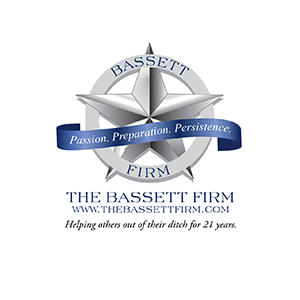
The Texas Supreme Court recently decided the issue on how much discovery is allowed to show bias on an expert witness.
In re Ford Motor Co., 2014 Tex. LEXIS 253 (Tex. 2014)
Facts of the Case:
Morales was fleeing the police after being suspected of drunk driving. He stopped his vehicle and fled on foot. One police officer stopped his vehicle and began chasing Morales. He apprehended Morales and, while trying to handcuff him, the officer’s vehicle began rolling backward toward the two. The vehicle struck the officer, then ran over and came to rest on top of Morales, injuring him.
Morales sued Ford claiming the officer’s car had a design defect. Ford employed two experts to defend the case. Both experts were deposed and claimed there was no design defect. Morales sought to depose the corporate representatives of both experts’ employers as well as requesting detailed financial and business information covering a twelve year span to show bias in favor of Ford and other automobile manufacturers. Ford petitioned the Texas Supreme Court for a Writ of Mandamus claiming this was an impermissible use of discovery by Morales.
The Court’s ruling:
The Texas Supreme Court ruled this was an impermissible use of the discovery process pursuant to the Texas Rules of Civil Procedure – in particular Rule 195. For guidance, the Court turned to the official comments to Rule 195 and stated, “the Comments to Rule 195 articulate a goal of minimizing ‘undue expense’ in conducting expert discovery.”
The Court stated “such a fishing expedition, seeking sensitive information covering twelve years, is just the type of over-broad discovery the rules are intended to prevent.” The Court did note that the holding is not intended to unduly inhibit discovery of an expert’s potential bias, but the discovery is not without its limits.
Takeaway:
This case is an example of an attorney taking the discovery methods to an extreme. However, the Court provides insight on how to show bias of the expert witness by stating, “the most probative information regarding the bias of a testifying expert comes from the expert herself.” The Court goes on to list several factors in this case that the Plaintiff’s attorney could have used to show bias including: the percentage of cases that the expert testifies for defendants; how much work is done for that particular client; and that particular kind of defect. These are the types of questions to keep in mind when deposing an expert witness.

